While my visits of abandoned places in China are mainly concentrated on cities, I also enjoy spending time in the countryside. One can find many interesting sites which were left behind. I already wrote a blog article about an abandoned village on an island near Shanghai. But this is not the first time I visit abandoned villages. Before that, I was already very touched by the silent vanishing process of some traditional houses in Shanxi provice: yaodong 窑洞, which means « kiln cave » in Chinese, coming from the shape of the interior of the room. In each village center, many cave-shaped houses were abandoned because they were the oldest ones, made out of soil and did not last more than one generation (20 to 30 years). This report is about these abandoned yaodong cave dwellings visited around Datong and in Shanxi province. They do not exactly look as preserved as the ones in Shaanxi province but they represent a specific ecology between men and nature. In this report, I argue that the state of abandonedness one can feel from the pictures should not be seen as a symbol of a lost heritage, but rather as an illustration of how different the traditional architecture in China is from the Western conceptions of the built environment: here, each house was not meant to last, but the « indigenous » knowledge around this particular form of housing and its application in construction are not dying, they are constantly reactivated.
Construction/deconstruction of yaodong architectural heritage in Northern China
This vernacular form of cave dwelling can be found in a six-province region in Northern China, mostly in Shaanxi (around Yan’an) and central Shanxi provinces, and about 40 million people still live in them. You can know more about the architectural features of this project thanks to this paper. I also recommend you watch the fascinating documentary entitled « Yaodong, petit traité de construction », based on Caroline Bodolec’s research in anthropology about Shaanbei area. It shows that the construction of yaodong, a practice being traced back as early as the Qin dynasty, has perpetuated since the 19th century and managed to remain a traditional custom through the difficult Chinese history precisely because it operates without any map, through an oral transmission of architectural know-how. Until today, the local architecture adapts to the natural environment according to fengshui and ancient rites. This local knowledge produces an architecture which is perfectly integrated to the Loess natural environment, the shape of the cave being imbricated into the geography of the hill.
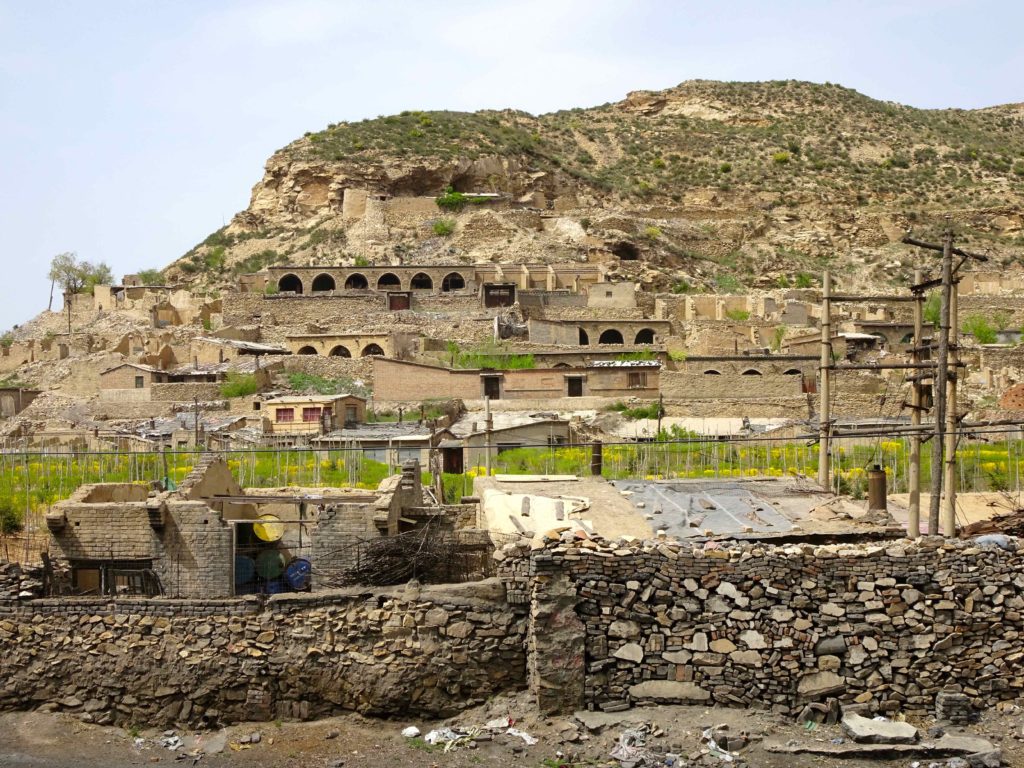
Loess soil was indeed the main material available for construction. All the materials needed for the construction of a yaodong house are located directly on the site, which is why the waste is limited for the local environment.
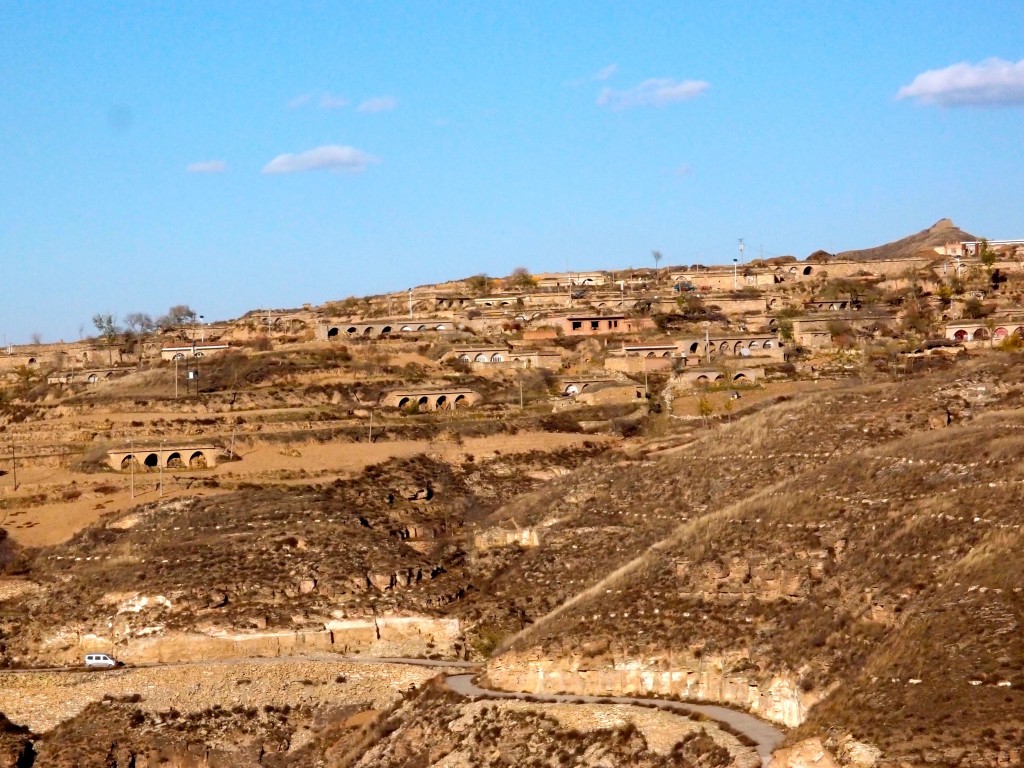
Abandoned yaodong dwelling in villages around Datong
Just a few miles away from Datong, one can already find a lot of these yaodong cave houses in semi-abandoned villages. According to my observations, the last village inhabitants in Shanxi now live in « modern » houses, made out of brick, without the semi-circular shape of the former cave. Moreover, the old yaodong houses were not all registered as « houses », they were just « caves », that is also why they were not maintained and preserved by the village authorities (there were no certificates of property). One can thus find many abandoned ones in the Loess Plateau. And yet, as you can notice on the pictures below, the structure of the abandoned houses remains quite complete, which proves their good quality… Some of these houses could indeed get renovated…

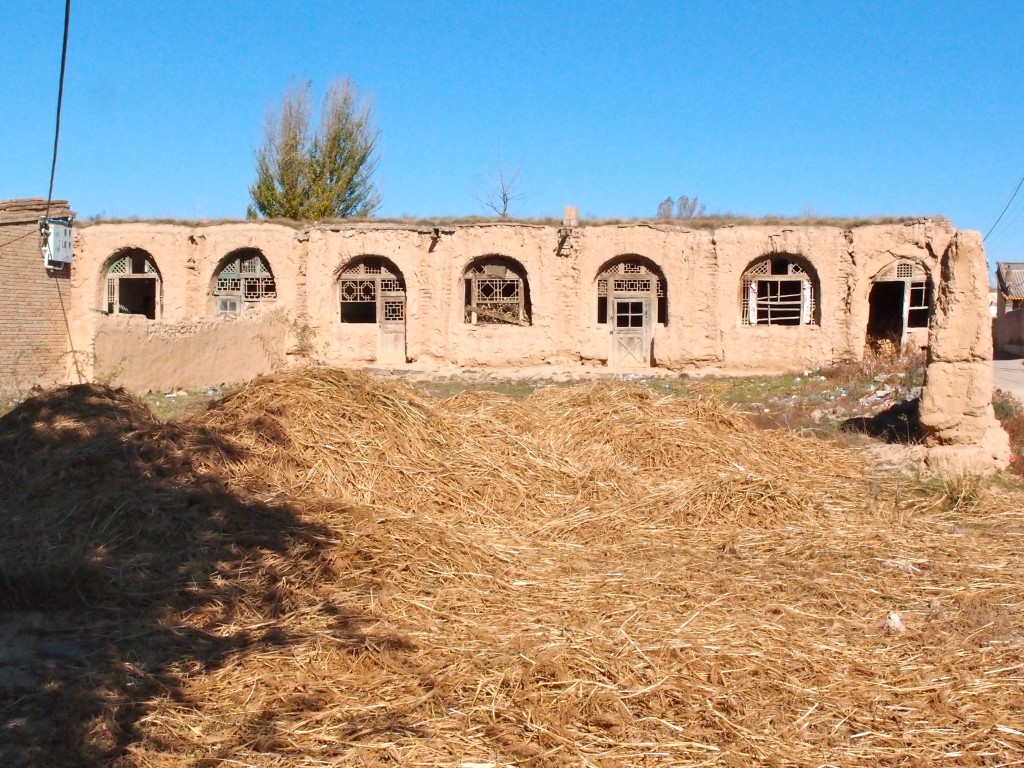
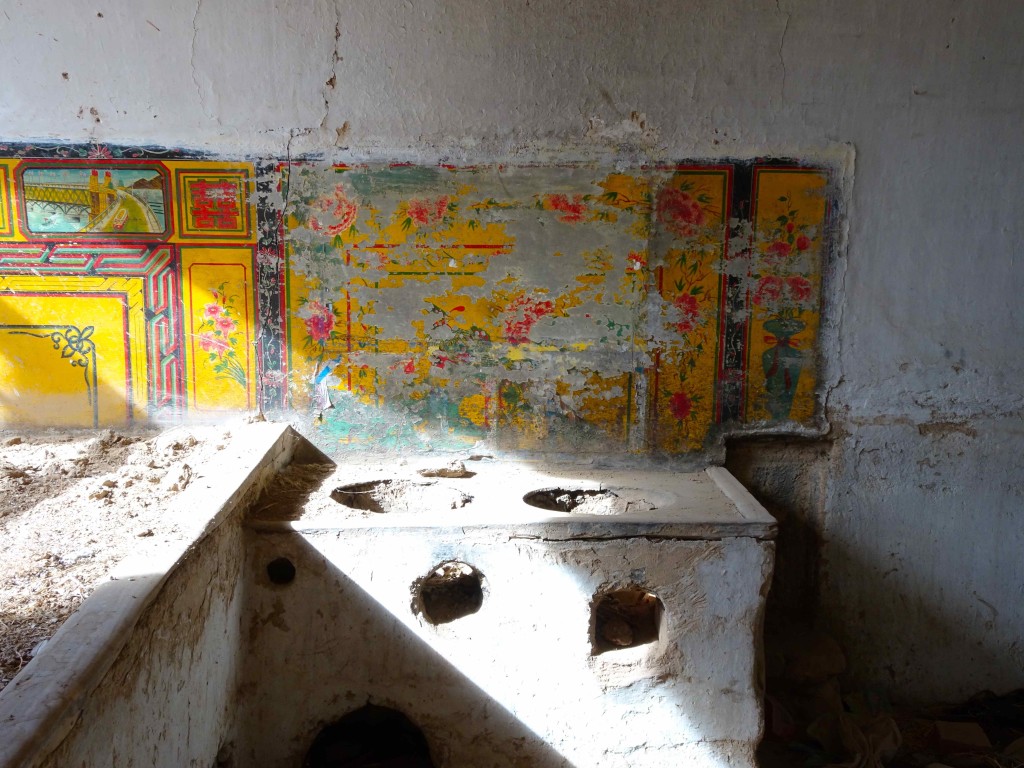
Another central element of the yaodong house was the kang (炕), a traditional sleeping platform which connected the heating system (based on coal) from the kichen to the whole room. You can see what it looks like on Gilles Sabrié’s photography series called « On the kang » here. Because of the shape of the rooms, thermal conditions are good in yaodong houses, with warm temperatures during the winter and cool ones during the summer.
As for the general form of the cave dwelling, except for the arched rooms, one can notice a great diversity of houses since there is no architectural form, unlike Beijing’s traditional courtyard houses (四合院 siheyuan) for instance.
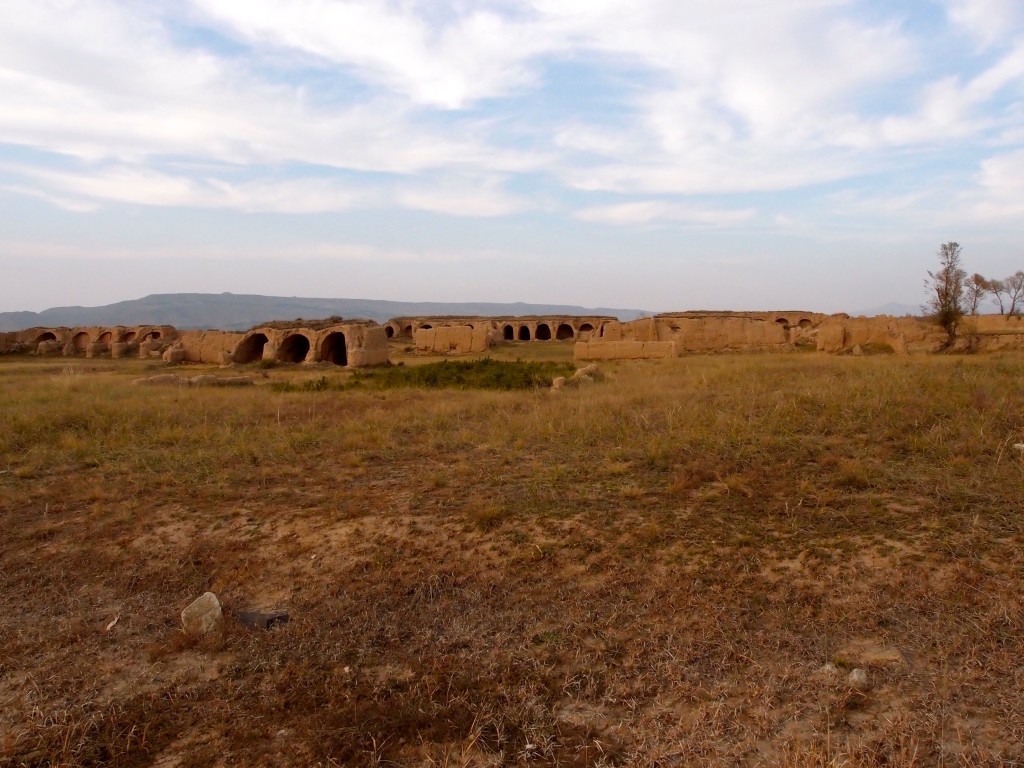
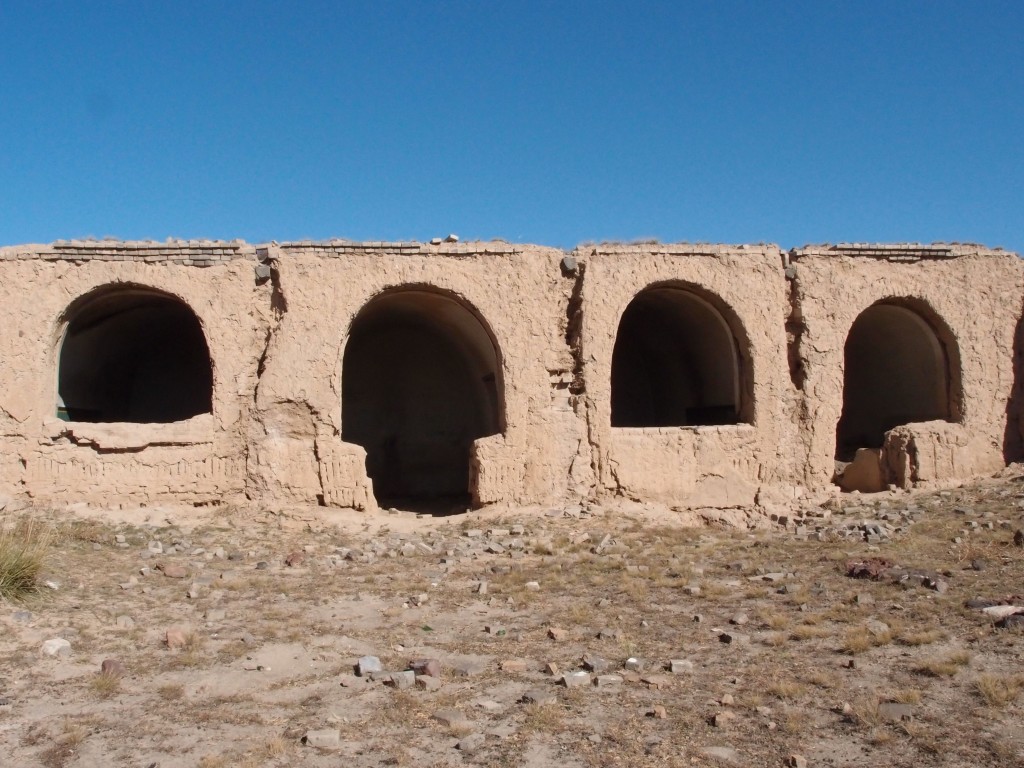
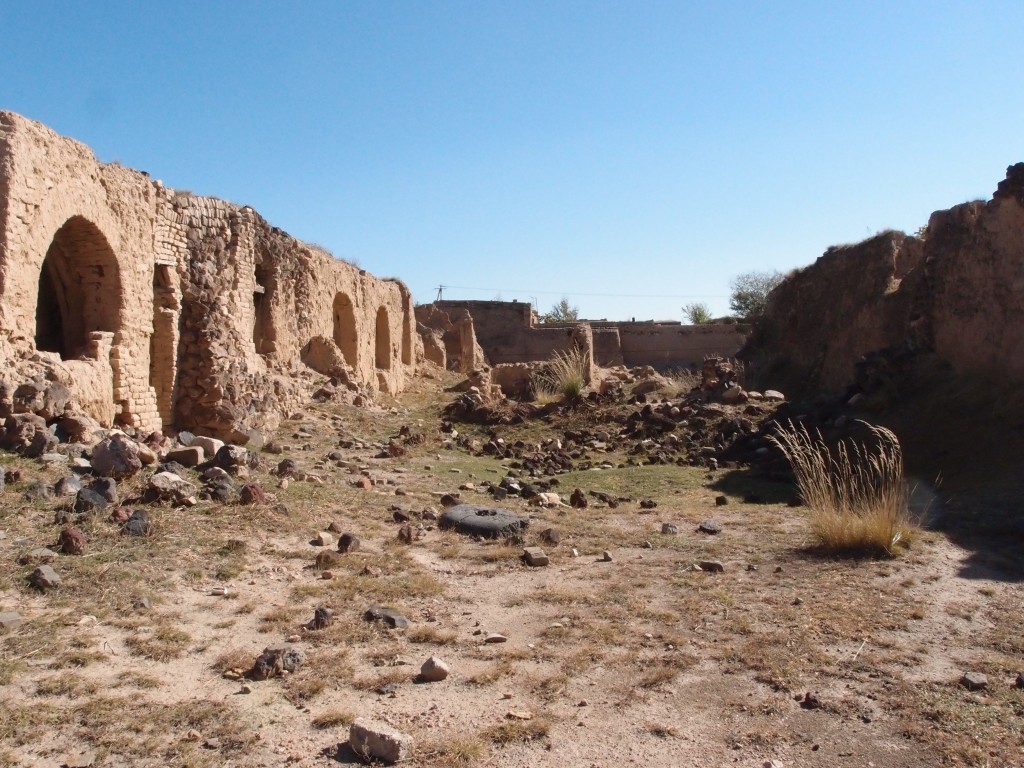




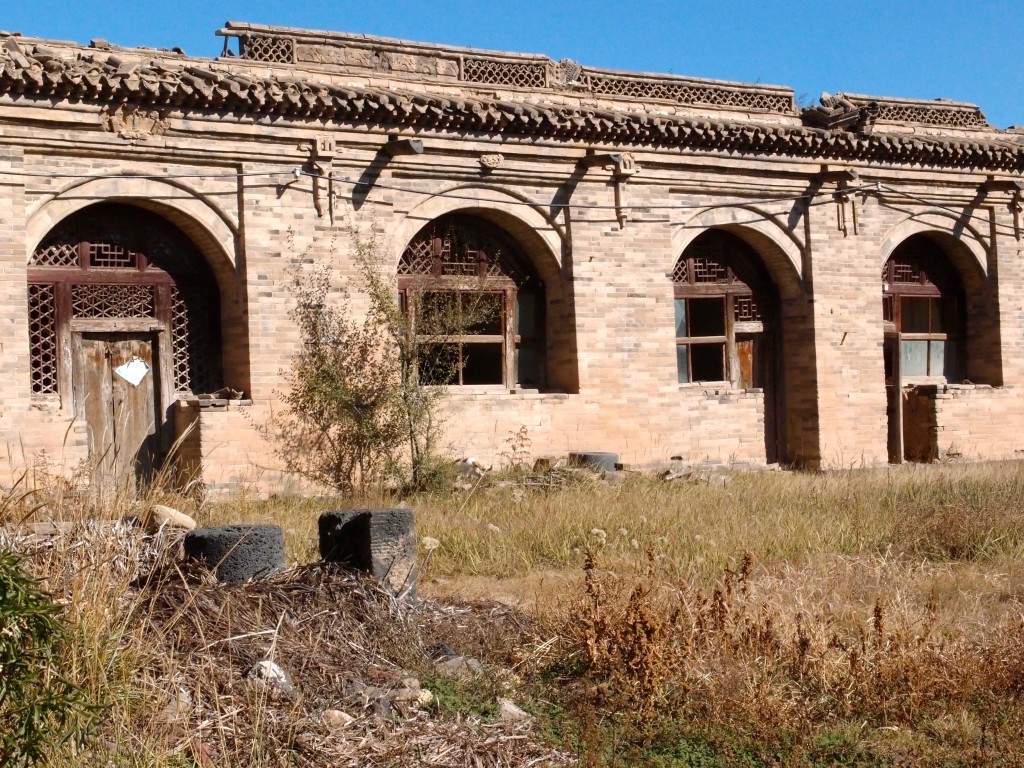
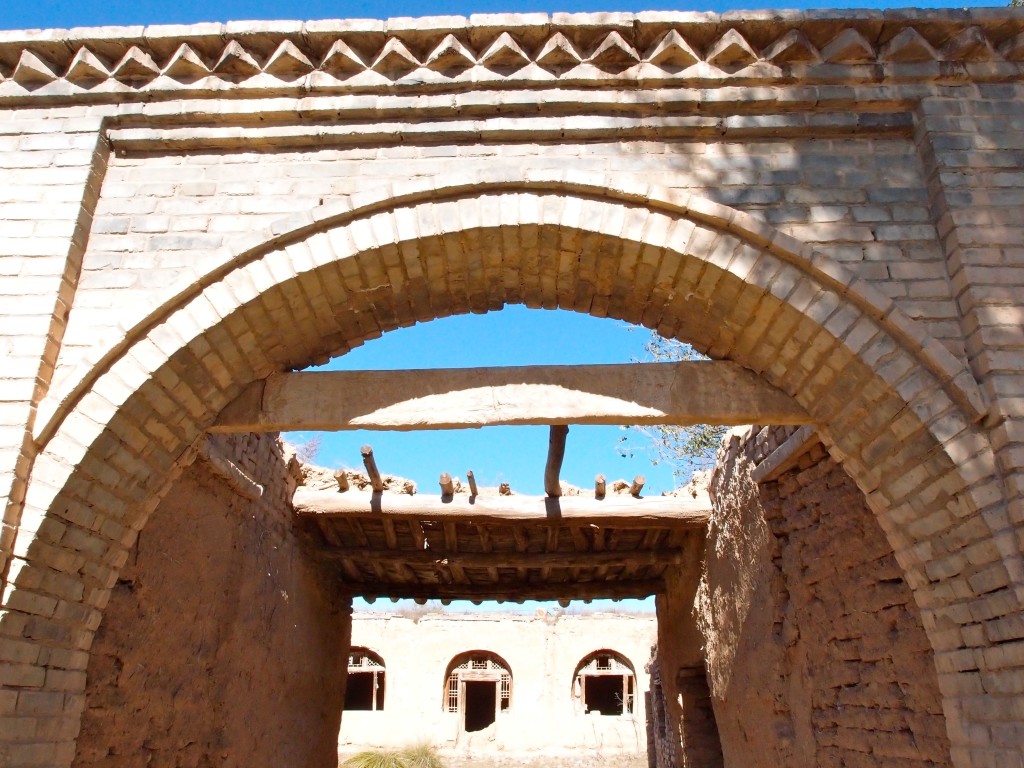
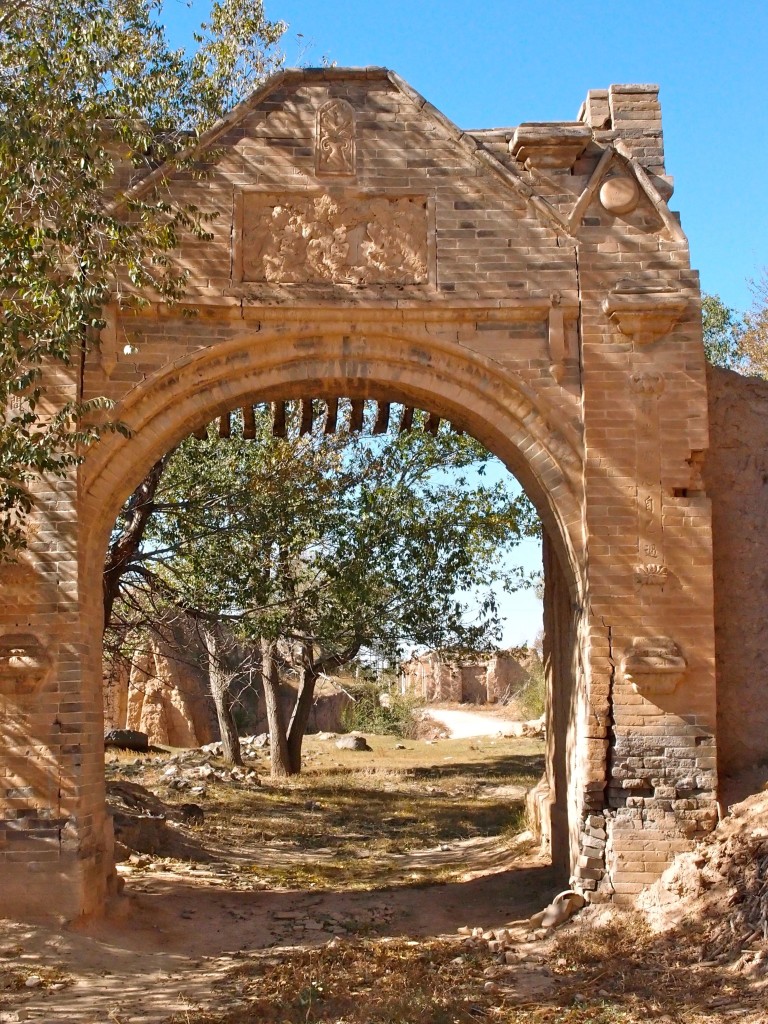
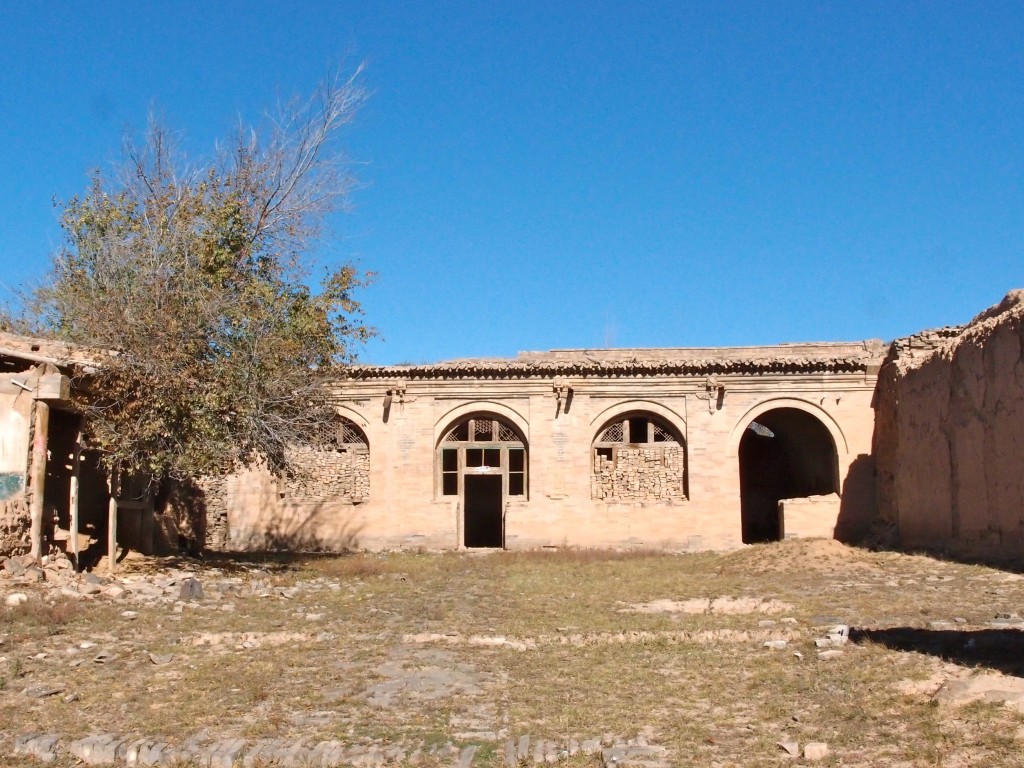
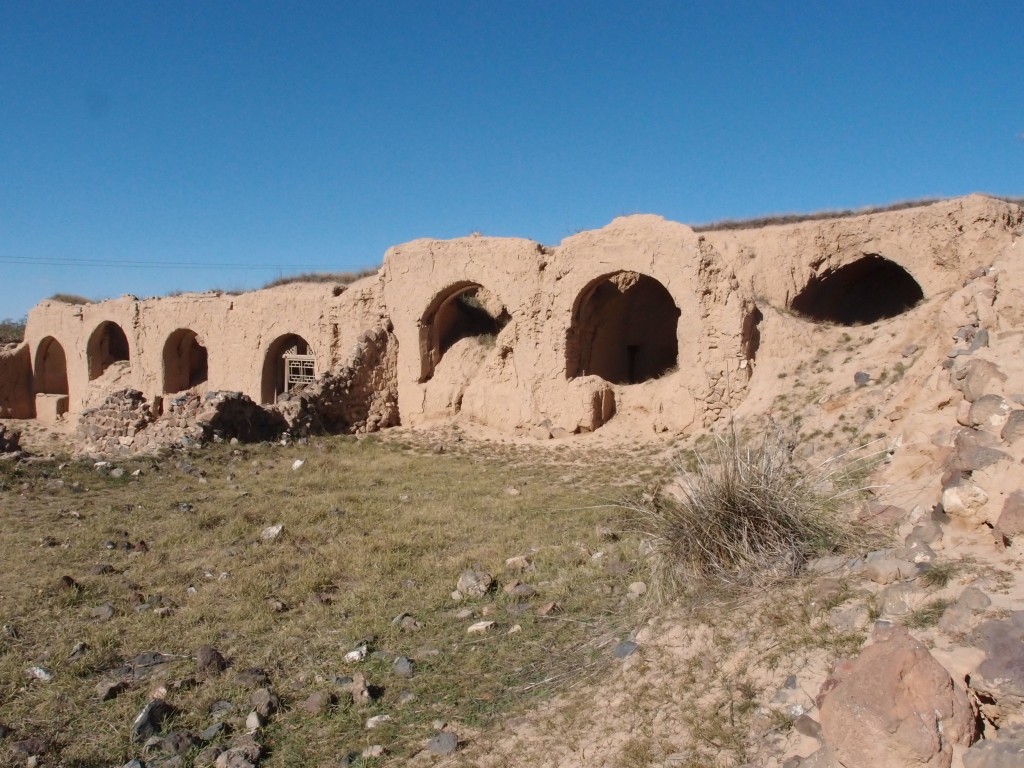
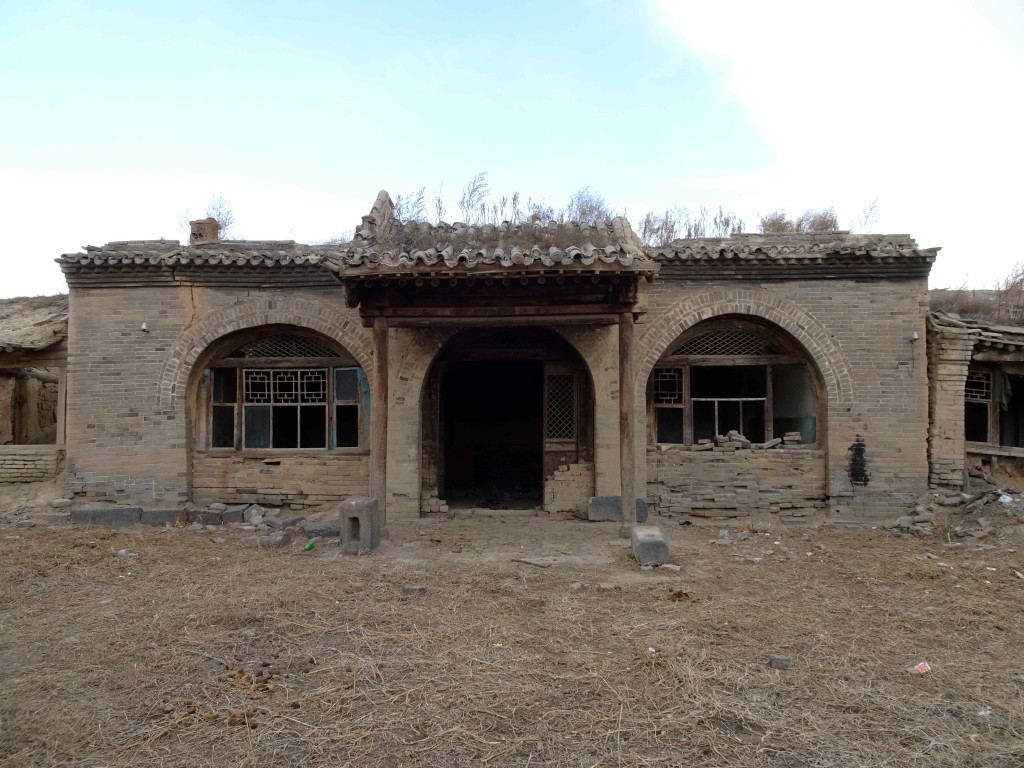
A lost village by the Yellow River: Laoniuwan
In the semi-abandoned Laoniuwan, the landscape is sublime as the village is located on top of a hill looking down on the Yellow River Valley. The view displays different types of yaodong architecture, especially the more recent form made out of stones, which can last longer.

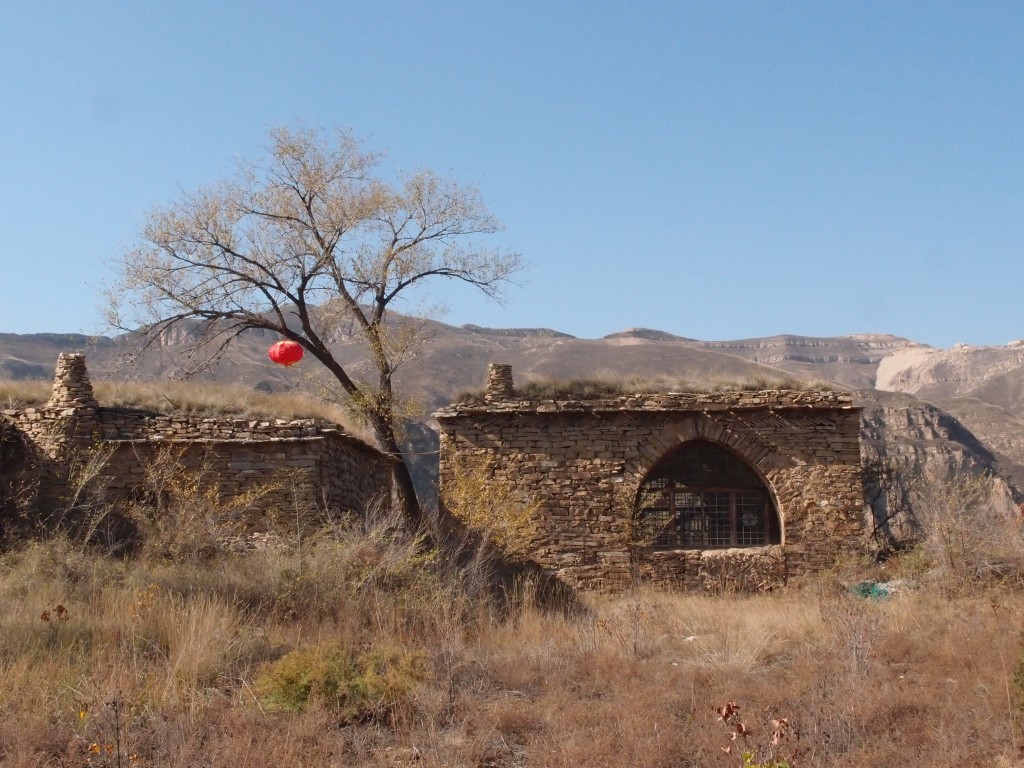
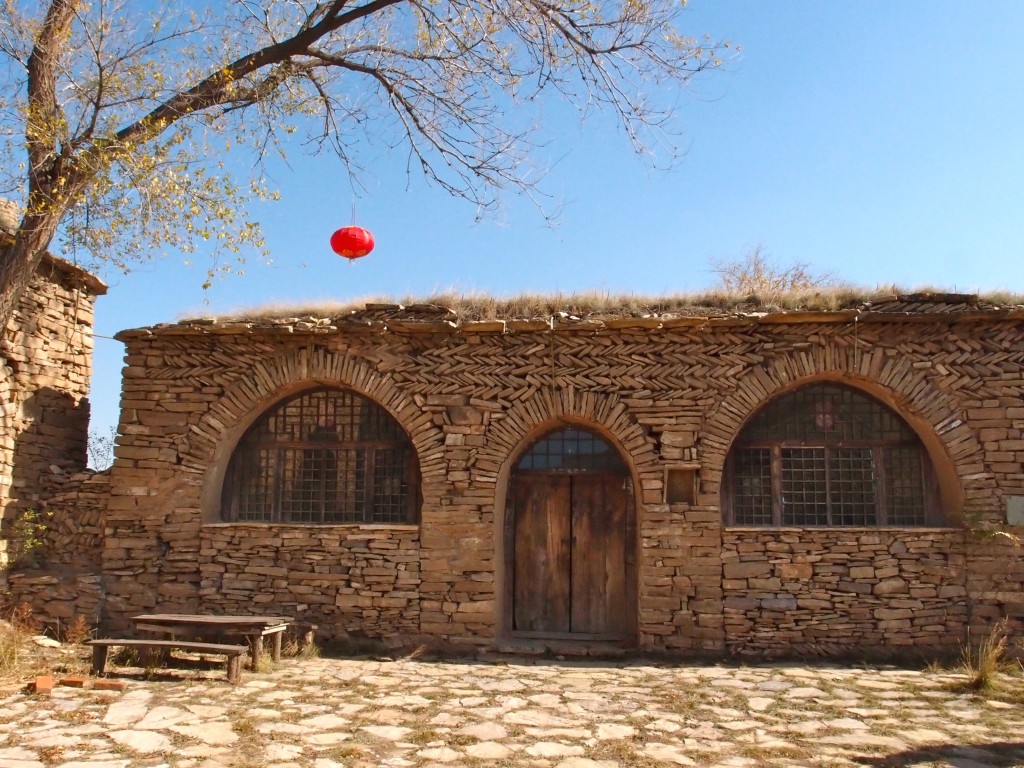
While the central authorities tend to value new projects based on sustainability, the case of yaodong could represent a strategy of ecological development in Northern China and especially for Shanxi province, which is facing the challenge of economic slowdown...

Hello,
I work for a Spanish-Chinese cultural magazine and we’re publishing an article about Datong soon, I just came across you blog looking for information about Bataizi church. If you are interested, we could publish some of your pictures, citing your name and/or blog. Please if you are interested send me an email 🙂
Congratulations on your blog!
Thanks!